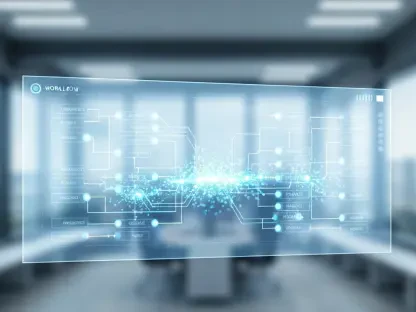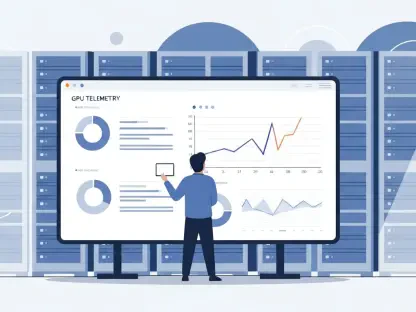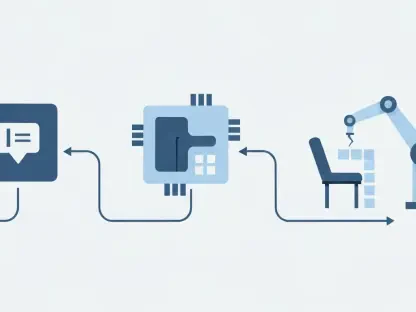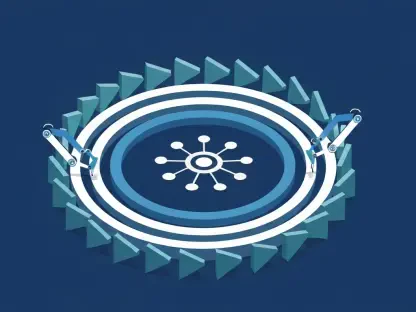Listen to the Article
As a concept, robots have existed since ancient times, when the Greeks imagined the myth of Pygmalion, a sculptor who ultimately married his own creation after it came to life. According to some sources, however, robots as a concept could actually predate recorded history, making it one of the most important human ideas ever. It comes as no surprise, then, that recent technological advancements have inspired both scientists and engineers around the world to turn this futuristic concept into a driving force across industries. Once only a dream, robotics is now transforming technology and reshaping the future of innovation.
Using Robots in Manufacturing
Automating manual labor has always been an important goal for people everywhere – from the ancient Egyptians who created the “automatons” to the assembly lines developed during the Industrial Revolution. In recent years, industrial robots have considerably increased efficiency, precision, and safety in production lines. Robot arms now can produce items faster than humans, and they can also create similar quality products with reduced costs. Tesla and BMW are among the companies that are already using robots to produce cars, and they are also employing artificial intelligence (AI) to automate the process even further.
Collaborative robots, or cobots, are also becoming more popular. As opposed to regular robots, cobots collaborate with humans, increasing productivity without eliminating human workers altogether. Cobots perform repeated tasks, leaving employees to work on more sophisticated tasks.
Reshaping Healthcare
The healthcare industry has also witnessed huge advancements with the incorporation of robotics. The da Vinci Surgical System can now assist physicians in conducting very accurate minimally invasive surgeries. This cobot reduces recovery times, minimizes the risks of mistakes, and maximizes patients’ success rates. Robotic surgical procedures are making inroads in fields such as orthopedics, neurology, and cardiology and raising the level of what can be achieved through accuracy-based treatments.
When it comes to healthcare, however, the use of robotics goes far beyond simple surgery. Robots can contribute to rehabilitation, elderly home care, and even hospital or clinical management. One simple example is that of robotic exoskeletons that can now improve mobility in paralyzed individuals, helping them regain some functions lost to paralysis resulting from strokes or spinal injuries. They use advanced sensors and AI to learn to power a person’s movement, thus customizing rehabilitation care.
Robots can also be used to help hospital staff or elderly home care units. Moxi is a prime example of that, as it supports clinical staff with non-patient-facing tasks. It can manage patient supplies, carry test samples, bring medical articles from central supply, and distribute both PPE and drugs. Moreover, robots like Moxi can prove to be particularly useful during an epidemic like the COVID-19 pandemic, by freeing frontline workers of some of their repetitive tasks.
Exploring Outer Space
Robotics has played an important role in space exploration since its beginning. It has provided humans with new ways to explore distant planets and hostile environments, without their physical involvement. For instance, NASA’s Curiosity and Perseverance Mars rovers have gathered data about the planet. This has opened a safer way for future manned missions. However, robots are not only used in exploration but also in the Space Station maintenance. The Canadarm, a robotic arm system that has supported numerous space shuttle missions ever since the 1970s, has also played an important role in building the International Space Station.
Recently, China has announced a breakthrough in the field. The country is now preparing to send a robot to the most isolated part of the moon, hoping it will discover frozen water on its surface. This information can prove vital for future exploration, especially considering China’s enthusiastic plans. According to a recent announcement, the new robot will be deployed on the moon as part of China’s 2026 Chang’e-7 mission.
Adopting Robots in Agriculture
Agriculture is now witnessing a technological transformation thanks to robotics. Automated farm equipment, including robotic harvesters and drones, can make farming more efficient – planting, monitoring, and harvesting crops is now easier and less time-consuming than ever before. Drones come with sensors that can inspect soil health, identify pests, and optimize irrigation, resulting in increased yields and minimized resource waste.
Like drones, autonomous tractors and robotic milking equipment can also improve productivity, simplify farming operations, and fix labor shortages. All in all, different robotic technologies can be used to sustain agriculture, minimizing both human effort and the excessive use of natural resources.
Artificial Intelligence and Robotics
There is no question that AI and robotics are interconnected, but can these new technologies go hand in hand to advance new opportunities? According to Intel, the short answer is yes. AI-powered robots are already been used by numerous companies around the world to solve repetitive tasks – like greeting customers and providing them with directions, or even serving beverages in coffee shops. But the use of AI in robotics does not stop here. With the help of this technology, humanoid robots that provide people with human-like interactions can now be built.
In fact, humanoid robots like SoftBank’s Pepper are already in use – they communicate with humans in a more natural manner because they employ AI technology for speech recognition, facial expression analysis, and real-time decision-making. In short, robots like Pepper can really connect with people, thus assisting them better.
The Future of Robotics, Including Ethical Implications
Robotics comes with numerous benefits for most industries around the world, but does this mean that the technology should be adopted blindly? Considering the fact that robotics also raises important social and ethical concerns, the short answer is no. Automation is already used in numerous industries, but job displacement risks and workforce adaptation questions have also appeared as a consequence. In addition, ethical consideration of AI-driven robots, such as autonomous weapons and decision-making algorithms, requires strict regulation and supervision.
The future of robotics, however, holds much promise, and new ideas can soon become realities – especially if social and ethical questions are answered in time. Advancements in AI and other technologies demonstrate that robotics can evolve to much more than it already is.









